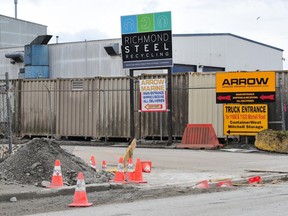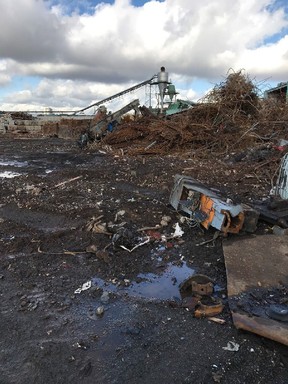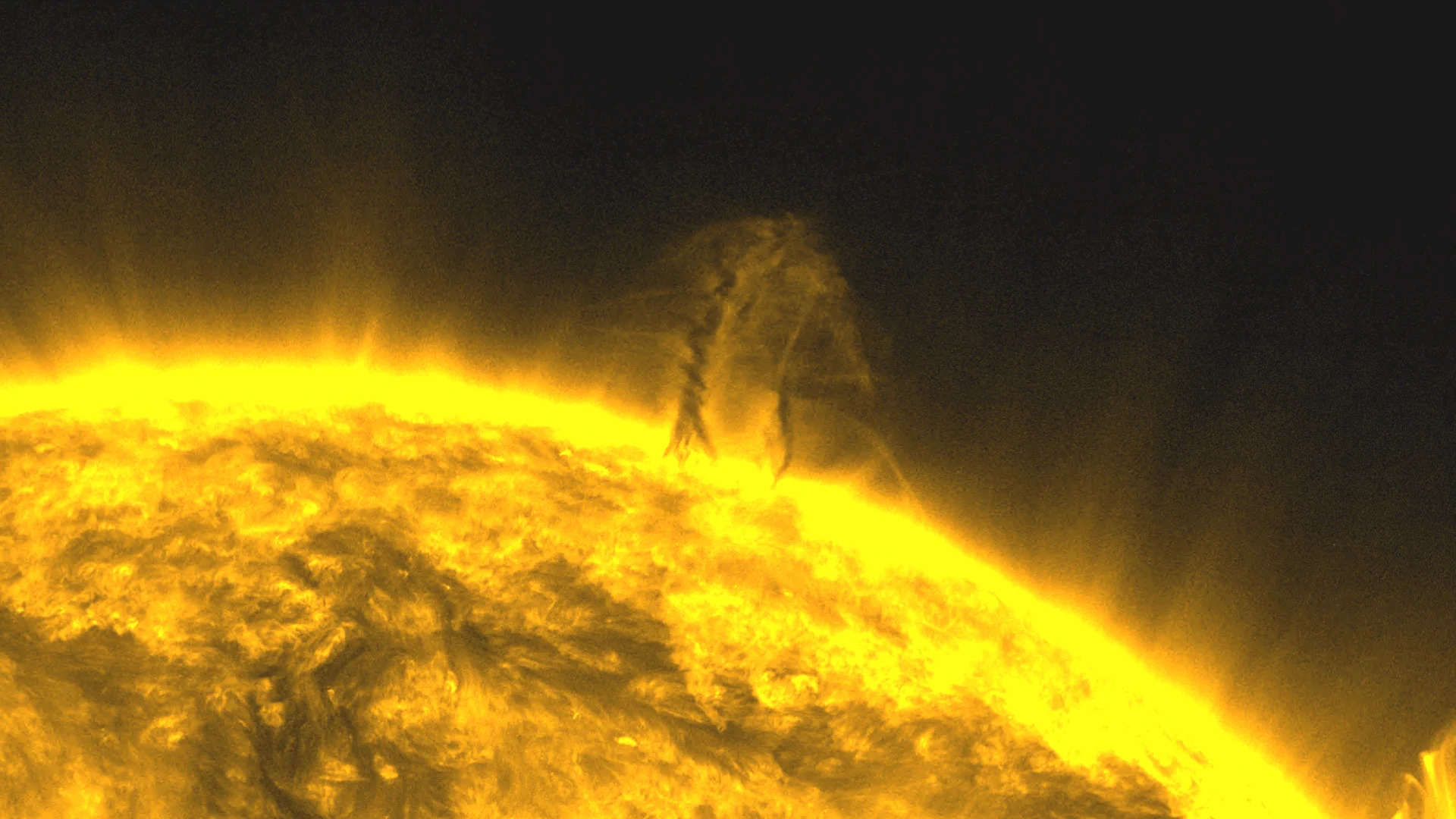
An attendee at Planned Parenthood’s Bans Off Our Bodies rally for abortion rights holds a sign reading “Idaho the women as property state” outside of the Idaho Statehouse in downtown Boise, Idaho, on May 14, 2022.
The only hospital in Sandpoint, Idaho, has announced it will no longer provide obstetrical services, blaming stringent restrictions on reproductive care enacted by the state’s government.
“Without pediatrician coverage to manage neonatal resuscitations and perinatal care, it is unsafe and unethical to offer routine labor and delivery services,” Bonner General Health said in a statement.
The hospital said that the decision to remove obstetrical services was an “emotional and difficult” one, citing the loss of pediatrician coverage, changing demographics and the state’s recent laws surrounding abortion.
According to the Idaho Capital Sun, which first reported the change at Bonner General, Idaho has one of the most severe bans on abortion in the U.S., with state physicians facing felony charges and revocation of their licenses if they violate the law.
“Highly respected, talented physicians are leaving. Recruiting replacements will be extraordinarily difficult,” the hospital said in its news release. “In addition, the Idaho Legislature continues to introduce and pass bills that criminalize physicians for medical care nationally recognized as the standard of care. Consequences for Idaho Physicians providing the standard of care may include civil litigation and criminal prosecution, leading to jail time or fines.”
The hospital noted that it plans to continue providing women’s health services and to coordinate care for “OB patients scheduled to deliver in May and after.”
Sandpoint has a reported population of more than 9,000 people.
“Lastly, thank you all for the decades of partnership and for entrusting your care with our outstanding Obstetricians and Labor & Delivery staff on our team,” the hospital said in its news release. “The closure of obstetrics will not be an easy transition for our Bonner General Health teams or our community and surrounding area.”
GOP-led states across the country moved to sharply curtain abortion after the Supreme Court struck down the nearly 50-year-old Roe v. Wade decision last year. Advocates and health care groups have repeatedly warned of the risks such moves pose to women’s health.Netanyahu hits back after Biden expresses alarm over judicial overhaulRand Paul among lawmakers opposing TikTok ban bills: ‘I think it’s a mistake’
“We have made every effort to avoid eliminating these services,” Ford Elsaesser, the president of Bonner General’s board said in its statement. “We hoped to be the exception, but our challenges are impossible to overcome now.”
Bonner General delivered 265 babies in 2022, according to the Idaho Capital Sun.
Editor’s note: This story was updated March 22 to include a link and attribution to the Capitol Sun. The Sun’s story was also published by the Idaho Statesman.
Near-total ban on abortions is driving doctors away, hospital says, leading to lack of nearby labor and delivery care for thousands
Gloria Oladipo
@gaoladipo
An Idaho hospital has planned to stop delivering babies, with the medical center’s managers citing increasing criminalization of physicians and the inability to retain pediatricians as major reasons.
Bonner General Health, the only hospital in Sandpoint, in the north-west of the state, announced on Friday it would no longer provide labor, delivery and a host of other obstetrical services.
The more than 9,000 residents of Sandpoint will now forced to drive 46 miles for the nearest labor and delivery care, the Idaho Capital Sun reported.
In a statement, the hospital said the decision to eliminate the obstetrics unit stemmed from the “political climate” in Idaho.
“Highly respected, talented physicians are leaving. Recruiting replacements will be extraordinarily difficult,” officials said in a press release.
“We have made every effort to avoid eliminating these services,” the hospital’s board president, Ford Elsaesser, added in the statement.
“We hoped to be the exception, but our challenges are impossible to overcome now.”
The hospital’s statement also said that the closure comes as the number of deliveries at Bonner continues to decline, with only 265 babies delivered last year and fewer than 10 pediatric patients admitted.
The hospital also lacks enough pediatricians to manage its neonatal resuscitations and perinatal care, finding no permanent solution after contacting to active and retired physicians to fill vacancies.
Hospital officials are hoping to keep obstetrics services available until 19 May, but said it largely depends on staffing.
New patients are no longer being seen at the hospital, effective immediately, while current patients are being offered alternative referrals.
Since the supreme court in June eliminated the nationwide abortion rights that Roe v Wade established, states with total abortion bans have passed laws with the threat of prison time for doctors who perform abortions in violation of state law.
The supreme court decision legalized an Idaho state ban on abortions after six weeks of pregnancy. The state is the first to pass a copy of Texas’s controversial bill. Idaho is also one of six that prosecutes doctors for providing abortion, CBS News reported.
In August, the justice department filed a lawsuit against Idaho for its near-total ban on abortions, with doctors in the state writing in a court brief that physicians were often forced to choose between violating the state ban or federal healthcare law, the Associated Press reported.
The implications of the ban is driving doctors out of the state, the Bonner hospital’s press release said.
“The Idaho legislature continues to introduce and pass bills that criminalize physicians for medical care nationally recognized as the standard of care,” the hospital’s statement said.
“Consequences for Idaho physicians providing the standard of care may include civil litigation and criminal prosecution, leading to jail time or fines.”
Dr Amelia Huntsberger, a Bonner General Health obstetrician-gynecologist, wrote in an email to the Capital Sun that she would be leaving the hospital and the state because of its restrictive abortion laws, and because the Idaho legislature was terminating its maternal mortality review committee.
“What a sad, sad state of affairs for our community,” Huntsberger wrote.









